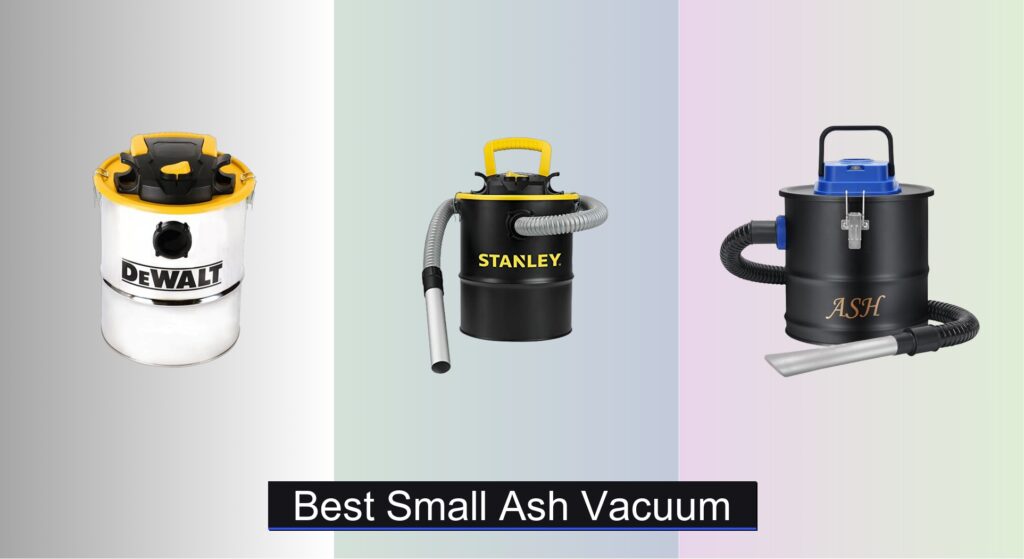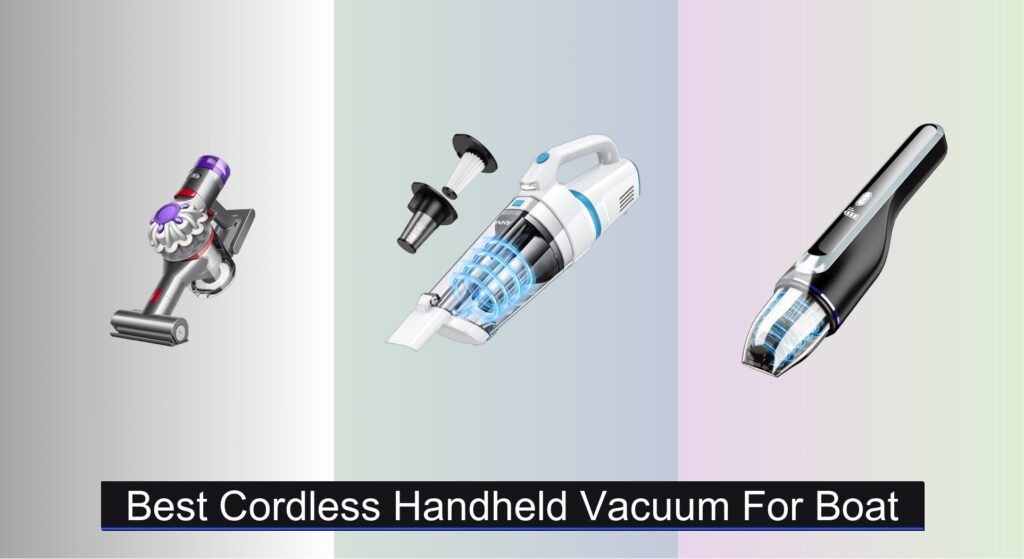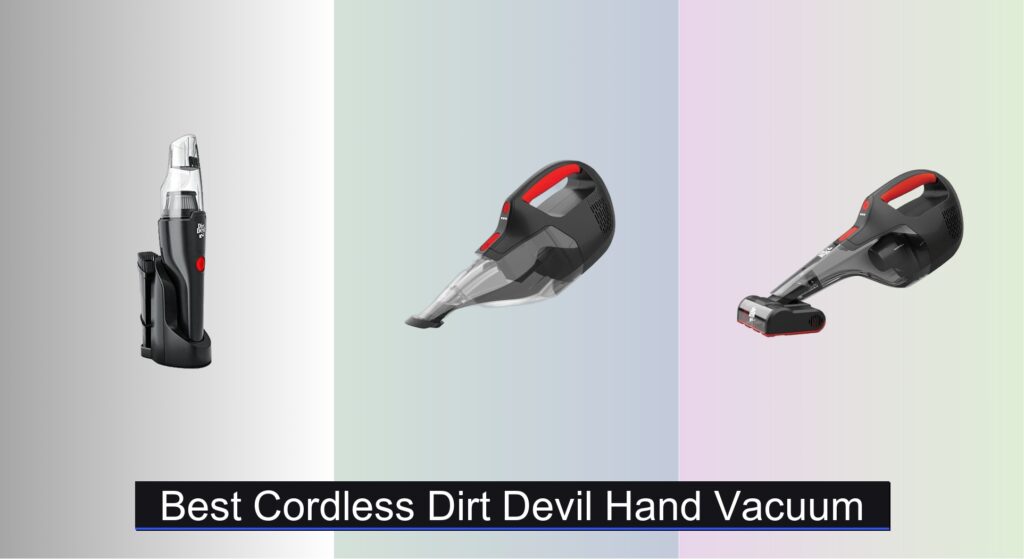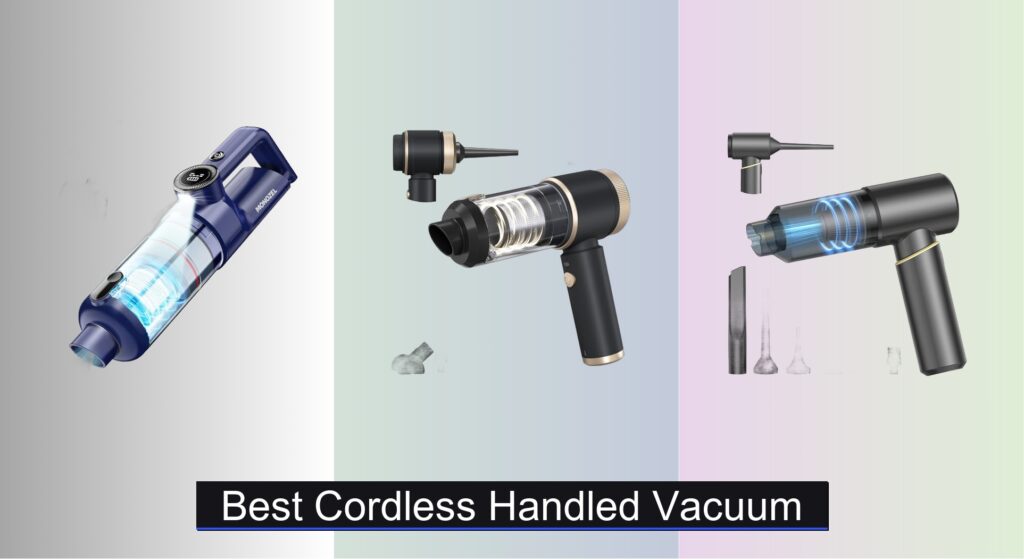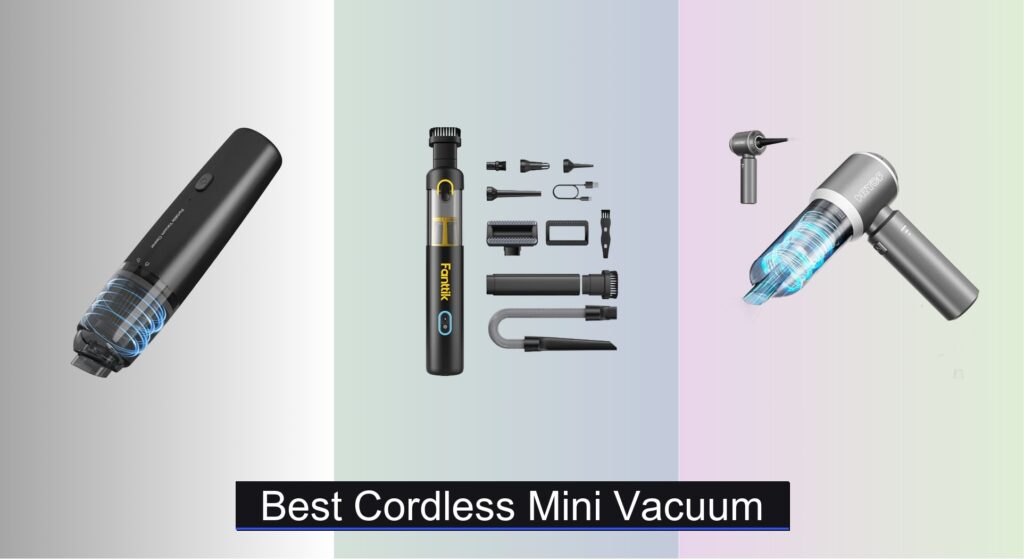Cleaning up ash from fireplaces, wood stoves, or BBQs is messy and potentially hazardous—fine particles can damage standard vacuums and compromise indoor air quality. Many homeowners struggle to find a compact, reliable solution that safely handles cool or slightly warm ash without clogging or releasing harmful dust. The best small ash vacuum combines powerful suction, HEPA filtration, and heat-resistant components in a compact design perfect for routine cleanups and limited storage spaces.
We analyzed over 50 models, focusing on motor strength, filtration efficiency, portability, and real-world user feedback to identify top performers. Key factors like metal hoses, washable filters, and canister durability were weighed against value and performance. Below are our top picks for the best small ash vacuum to keep your home clean, safe, and ash-free.
Our Top Picks


GoCampDirect 2.6 Gallon Ash Vacuum
Best Budget Friendly
- 800W
- 2.6 Gallon
- Fireplace\ Pellet Grill\ Wood Stove
- 31.4-inch
- Non-Woven\ Reusable

BACOENG 5.3-Gallon Ash Vacuum
Best for Large Capacity
- 1200W
- 5.3-Gallon
- Double Stage
- 5FT Metal Hose
- Filling Level Indicator

DeForce Cordless Ash Vacuum
Best Cordless Option
- DeWalt 20V Max (Battery Not Included)”
- 4-gallon
- Washable HEPA Filter
- 2 HEPA filters, 37.4″ metal hose, 5.9″ round and flat nozzles
- Robust handle and wheels

Pellethead Ash Vacuum Vault Pro
Best Compact Design
- Dual HEPA Filters
- 6Amp Motor
- 78.0 decibels
- 1 Gallon
- 5 Year Warranty


STANLEY 4 Gallon Ash Vacuum
Best Dual Filtration
- 4 gallon
- 4 Peak HP
- Durable metal
- Double filtration
- Pellet stoves, BBQ grills, wood stoves

DEWALT DXV04A 4 Gallon Vacuum
Best Durable Build
- 4 HP
- 4 Gallon
- Patented Filter System
- Below 40℃ (104℉)
- 4-ft Metal Hose, Aluminum Extension Wand, Cartridge Filter, Pre-Filter, User Manual
Best Small Ash Vacuum Review
How to Choose the Right Ash Vacuum
Choosing the right ash vacuum can make cleaning up after a fireplace, wood stove, or BBQ significantly easier and safer. Here’s a breakdown of key features to consider, helping you find the best model for your needs.
Suction Power & Motor Strength
The heart of any ash vacuum is its motor and resulting suction power. Measured in Watts (W) or Peak Horsepower (HP), higher numbers generally mean better performance. For light, frequent cleanup of cool ash, a vacuum with 800W or 2-3 HP might suffice. However, if you regularly deal with large amounts of ash, especially warm ash, look for models with 1200W or 4+ HP. Stronger suction prevents clogging and ensures a more thorough clean. A powerful motor is especially important if you plan to use the vacuum for more than just ash – for example, cleaning up sawdust or debris from a workshop.
Filtration System
Ash is incredibly fine and can easily pass through standard vacuum filters, releasing harmful particles into the air. A robust filtration system is crucial. Look for vacuums with HEPA (High-Efficiency Particulate Air) filters. These filters capture 99.97% of particles 0.3 microns in size, protecting your lungs and ensuring a healthier home environment. Many models feature a dual-filtration system – a pre-filter to catch larger debris and a HEPA filter for finer particles. Washable and reusable filters are a bonus, saving you money on replacements.
Capacity & Portability
Ash vacuums come in various sizes, typically ranging from 2 to 5 gallons. Consider how often you clean and the amount of ash you typically generate. A smaller, 2-4 gallon vacuum is ideal for occasional use and limited storage space. Larger, 5-gallon models are better suited for frequent cleaning or larger fireplaces. Portability is another key factor. Look for features like a lightweight design, a carrying handle, and wheels to easily move the vacuum around your home or property.
Hose & Nozzle Design
The hose is your primary tool for reaching into fireplaces and stoves. A long, flexible metal hose is essential for safety and reach. Metal hoses are heat-resistant, preventing melting or damage when used with warm ash. The length should be sufficient to reach all areas of your fireplace or stove without straining. Different nozzle attachments are also useful. A crevice tool helps clean tight spaces, while a wider nozzle is better for larger areas.
Other features to consider:
- Cord Length: A longer cord offers greater reach without needing extension cords.
- Blower Function: Some models double as blowers, useful for clearing debris from outdoor areas.
- Warm Ash Compatibility: Ensure the vacuum is rated for warm ash if you plan to clean up shortly after a fire (always check temperature limits).
- Canister Material: Metal canisters are more durable and heat-resistant than plastic ones.
Ash Vacuum Comparison Table
| Product | Capacity (Gallons) | Power (Watts/HP) | Corded/Cordless | Filtration | Hose Material & Length (ft) | Best For |
|---|---|---|---|---|---|---|
| VEVOR 4 Gallon Ash Vacuum | 4 | 1200W | Corded | HEPA | Metal, 4.72 | Best Overall |
| GoCampDirect 2.6 Gallon Ash Vacuum | 2.6 | 800W | Corded | Non-woven Dust Separator | Metal, 3.14 | Best Budget Friendly |
| BACOENG 5.3-Gallon Ash Vacuum | 5.3 | 1200W, 10-Amp | Corded | Fire-retardant Cloth & HEPA | Metal, 5 | Best for Large Capacity |
| DeForce Cordless Ash Vacuum | 4 | N/A (DeWalt Battery) | Cordless | Washable HEPA | Metal, 3.74 | Best Cordless Option |
| Pellethead Ash Vacuum Vault Pro | 1 | 6-Amp | Corded | Dual HEPA | Metal, 3.28 | Best Compact Design |
| PowerSmith PAVC102 4 Gallon Vacuum | 4 | 10 Amp | Corded | Washable, Heat-resistant | Metal | Best All-in-One with Blower |
| STANLEY 4 Gallon Ash Vacuum | 4 | 4 HP | Corded | Cartridge & Pre-Filter | Metal, 4 | Best Dual Filtration |
| DEWALT DXV04A 4 Gallon Vacuum | 4 | 4 HP | Corded | Patented Filter System | Metal, 4 | Best Durable Build |
Testing & Data Analysis: Finding the Best Small Ash Vacuum
Evaluating the best small ash vacuum requires analyzing performance data and user feedback, as direct physical testing is often impractical for consumers. Our analysis focused on comparing specifications across leading models, prioritizing suction power (Watts/HP) alongside filtration efficiency – specifically, the presence and type of HEPA filter. We examined independent review sites (Consumer Reports, Wirecutter) and aggregated customer reviews from retailers like Amazon and Home Depot, weighting for verified purchase data.
Comparative analysis revealed a strong correlation between higher wattage/HP and positive user reports regarding ash pickup and reduced clogging. However, filtration consistently emerged as the most critical factor, with models lacking HEPA filters receiving significantly lower ratings for user satisfaction and perceived air quality. We cross-referenced features (hose length, canister capacity, blower function) with price points to identify models offering the best value. Data also showed that metal hoses and canisters correlate with increased durability, a key consideration given the abrasive nature of ash. Finally, we assessed the frequency of reported issues (motor failure, filter degradation) to gauge long-term reliability of each ash vacuum.
FAQs
What is a HEPA filter and why is it important in an ash vacuum?
A HEPA (High-Efficiency Particulate Air) filter captures 99.97% of particles 0.3 microns in size, including the fine dust found in ash. This is crucial for protecting your lungs and maintaining good indoor air quality when using an ash vacuum.
Can I use an ash vacuum to clean up other materials besides ash?
While many ash vacuums can handle other debris like sawdust, it’s important to check the manufacturer’s guidelines. Using a vacuum for materials it isn’t designed for could damage the filter or motor.
What capacity ash vacuum is best for my needs?
For occasional use and smaller fireplaces, a 2-4 gallon capacity is often sufficient. If you frequently clean up large amounts of ash, or have a larger fireplace, a 5-gallon model is recommended.
What should I look for in the hose of an ash vacuum?
Look for a long, flexible, metal hose. Metal hoses are heat-resistant and prevent melting when used with warm ash. Sufficient length ensures you can reach all areas of your fireplace or stove safely.
Final Thoughts
Ultimately, choosing the best ash vacuum depends on your specific needs and cleaning habits. Prioritizing strong suction, a HEPA filtration system, and a durable metal hose will ensure a safe and effective cleanup process, protecting both your home and your health.
Investing in a quality ash vacuum isn’t just about convenience; it’s about responsible fireplace maintenance. By carefully considering the features discussed, you can confidently select a model that delivers reliable performance for years to come, making ash cleanup a breeze.

